Sydney-based Green Energy Systems (GES) and its Solar Waves system innovation will be included for trial as part of Project Nexus, California’s first solar canal pilot project, currently underway in California’s Central Valley (CCV).
Operated as a public/private/academic partnership between the CCV water and electricity utility Turlock Irrigation District (TID), independent advisory firm Solar AquaGrid, the University of California Merced, and California’s Department of Water Resources, Project Nexus seeks to identify and test solutions to potentially cover sections of California’s extensive canal network.
GES’s Solar Waves patented retractable rail system is one of only a few design solutions chosen for testing for its unique capabilities and versatile system.
Unlike conventional solar infrastructure, Solar Waves is engineered as a prewired, factory-assembled ‘solar appliance’ by integrating the photovoltaic panel frame and structural support into a single, lightweight, articulated assembly, significantly reducing the number of parts and components required.
The company says this can potentially enable faster, more cost-effective deployment by local teams when compared to conventional on-site construction.
“We’ve developed a system that’s not just another solar array—it’s an engineered appliance that can be rapidly deployed on land, on water, or even suspended in the air,” Green Energy Systems Founder and Chief Executive Officer Glenn Carless told pv magazine.
TID’s canals provide a suitable environment to test GES’s deployment model, with an eye towards future scalability. The Solar Waves model operates on a retractable rail system, allowing for convenient canal maintenance access—an essential feature for infrastructure spanning thousands of kilometres in California.
“We’re excited to test the Solar Waves system based on its innovative design,” TID Project Nexus Project Manager Bill Penney told pv magazine.
“The potential benefits to canal operators appear to be many: easy access for canal operations and maintenance, on-site assembly versus conventional construction allowing for faster deployment, and a promising solution to generate renewable electricity while putting a cap on evaporation by hovering just above the water’s surface,” Penney said.
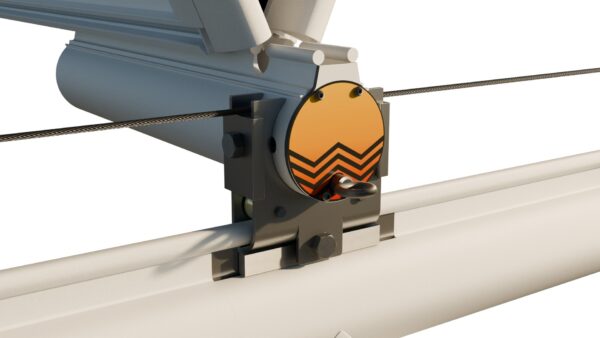
Image: Green Energy Systems
Not all canals are suitable for solar installations, however a 2021 UC Merced study published in Nature Sustainability estimated that covering all 6,437 kilometres of California’s exposed canals with solar panels could generate enough electricity to power 10 million homes; conserve enough water to supply 2 million homes annually; and reduce land use impacts by utilising existing infrastructure.
Solar AquaGrid Chief Executive Officer Jordan Harris told pv magazine, the company’s role is to identify a set of viable solutions for canal operators and to stimulate the private sector to devise scalable innovations.
“We’ve been impressed with the simplicity and elegance of the Solar Waves retractable rail system, which holds great promise, and we now look forward to putting it to the test,” Harris said.
To meet the demand for large-scale deployment, GES is preparing to build advanced manufacturing facilities in both Australia and the United States. These fully automated factories will be capable of producing the Solar Waves system at scale, enabling rapid rollout for canal operators across geographies.
We’re excited to deliver our technology to California and put it to the test, Carless said.
“The potential benefits for scaling to support communities are enormous — clean power generation, water conservation, and reduced land use —it’s a multi-dimensional win.”
This content is protected by copyright and may not be reused. If you want to cooperate with us and would like to reuse some of our content, please contact: editors@pv-magazine.com.
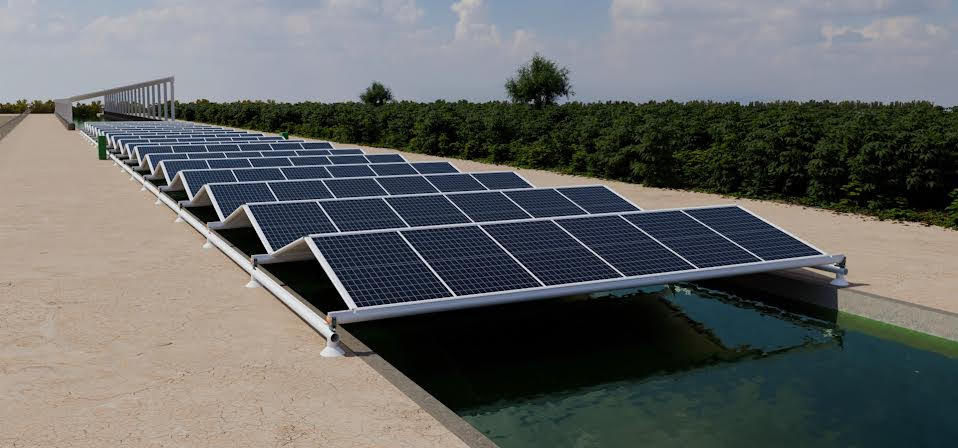
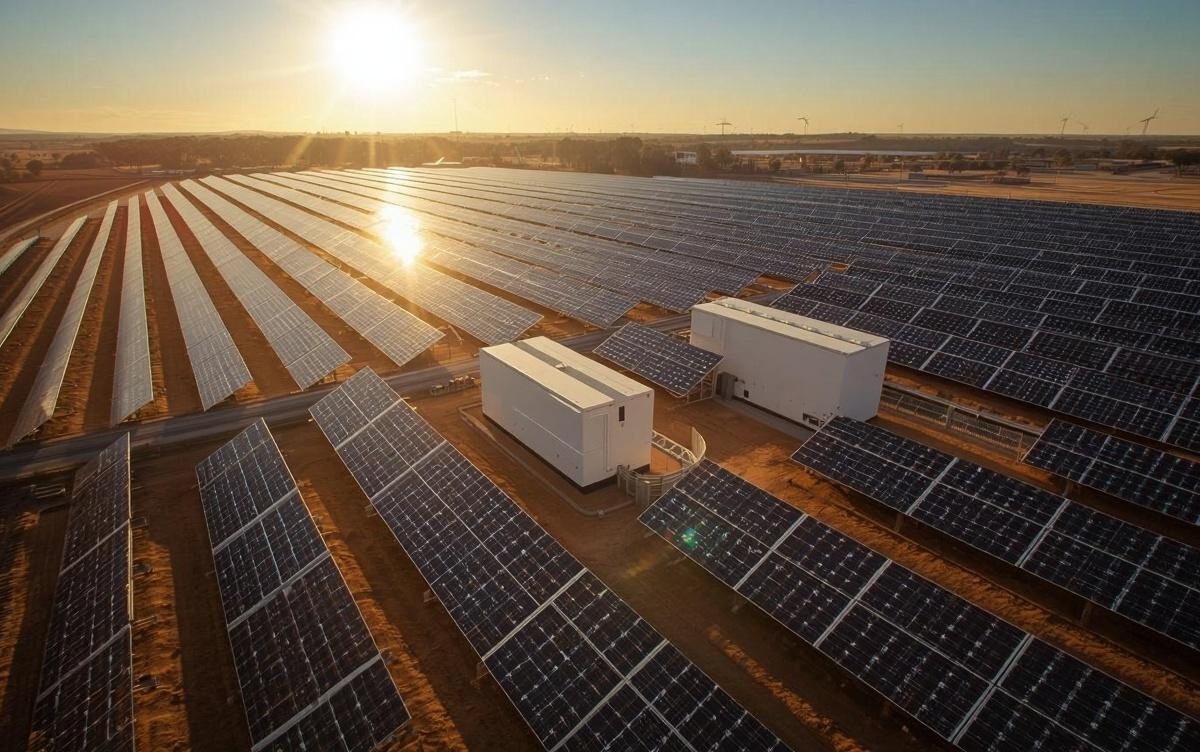


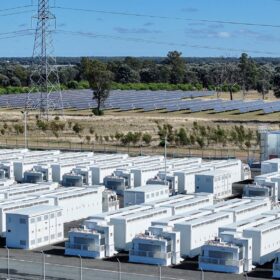

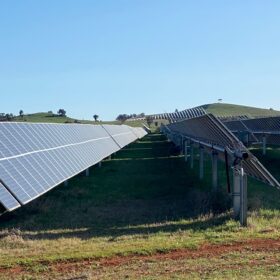

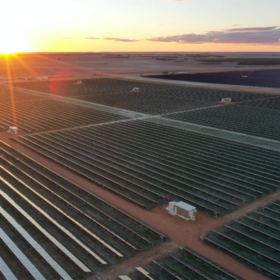
By submitting this form you agree to pv magazine using your data for the purposes of publishing your comment.
Your personal data will only be disclosed or otherwise transmitted to third parties for the purposes of spam filtering or if this is necessary for technical maintenance of the website. Any other transfer to third parties will not take place unless this is justified on the basis of applicable data protection regulations or if pv magazine is legally obliged to do so.
You may revoke this consent at any time with effect for the future, in which case your personal data will be deleted immediately. Otherwise, your data will be deleted if pv magazine has processed your request or the purpose of data storage is fulfilled.
Further information on data privacy can be found in our Data Protection Policy.